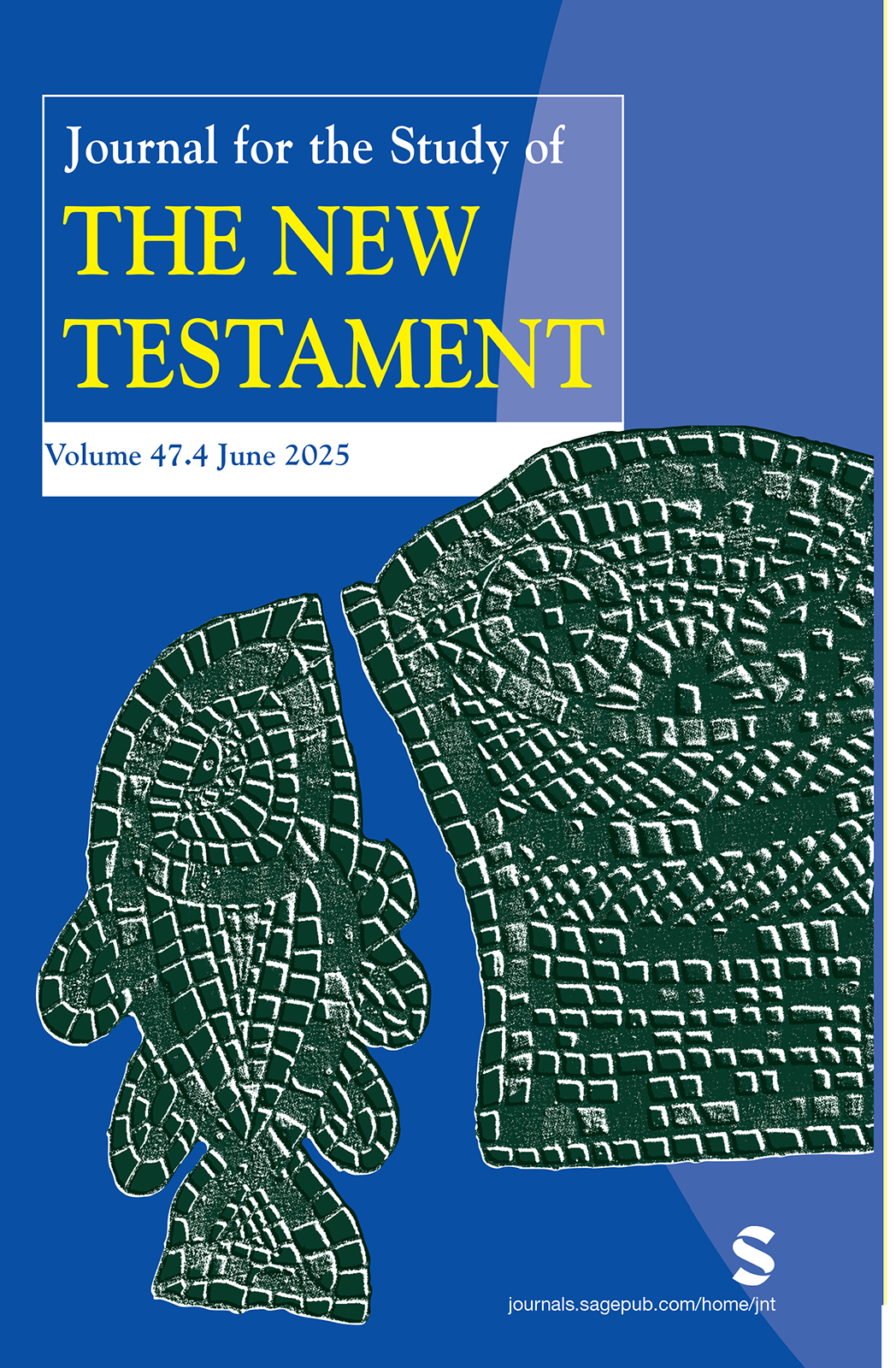요한복음과 요한계시록은 모두 저자의 권위를 구축하는 독특한 패턴을 따른다. 저자의 권위는 시각적 경험에 기반을 두며, 이는 저자를 ’본 자(one who has seen)’로서 독자에 비해 특권적인 위치에 놓이게 한다. 이 시각적 경험은 저자만이 유일하게 해석할 수 있는 신적 계시로 제시된다. 또한 시각적 경험은 의도적으로 문자화되며, 진실성에 대한 확언이 동반되고, 텍스트는 독자의 유익을 위해, 즉 독자가 이에 반응할 수 있도록 구성된다. 이러한 저자 권위 구축 패턴은 유대 묵시문학 텍스트들(다니엘 7–12장; 에녹 1서; 바룩 2서; 에즈라 4서)에서 선례를 찾을 수 있다. 요한계시록과 요한복음은 모두 저자 권위의 이러한 요소들을 유사하게 반영하면서도 더 큰 강조를 두어, 두 텍스트 모두의 권위 있는 위상을 부각한다. 저자 권위를 구축하는 이러한 패턴은 독자가 저자와 사전 연결이 없어도 되므로, 넓은 대상 독자를 염두에 둔 텍스트에 이상적이다.
The Gospel of John and Revelation both follow a distinctive pattern for constructing the authority of their authors. The author’s authority is based upon a visual experience, which places the author in a privileged position with respect to the audience as one who has seen. The visual experience is presented as divine revelation, which the author is uniquely able to interpret. The visual experience is also self-consciously textualized, accompanied by affirmations of veracity, with the text framed as being for the benefit of the audience, in order that they might respond to it. The pattern of the construction of authorial authority finds precedence in Jewish apocalyptic texts (Dan. 7–12; 1 Enoch; 2 Baruch; 4 Ezra). Revelation and the Gospel of John both parallel and give greater emphasis to these elements of authorial authority, emphasising the status of both texts as authoritative. This pattern of constructing authorial authority is ideal for texts that had a broad intended audience, as it does not rely on the audience having a prior connection to the author.






